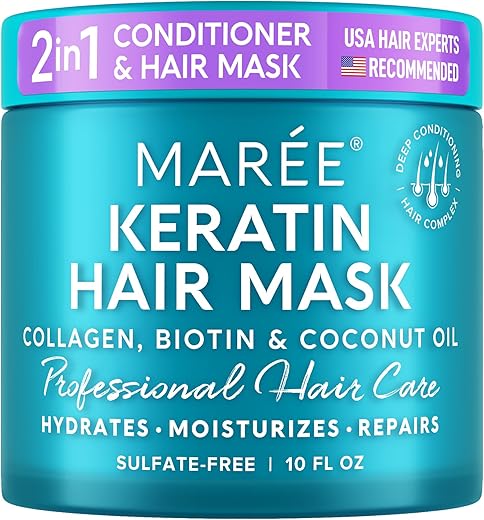
Salon Keratin or Brazilian — Which Keeps Hair Sleek?
Salon Keratin or Brazilian — which one keeps hair sleeker?
Many people choose salon smoothing to tame frizz, cut styling time, and get glossier, sleeker hair. Two broad categories appear in salons: salon keratin treatments, a range of protein-based services, and Brazilian-style treatments, often linked to formaldehyde-releasing straighteners.
This article compares how each works, plus pros, cons, suitability, safety, cost, and upkeep to help you pick the right service for your hair goals — practical advice and realistic expectations included today.
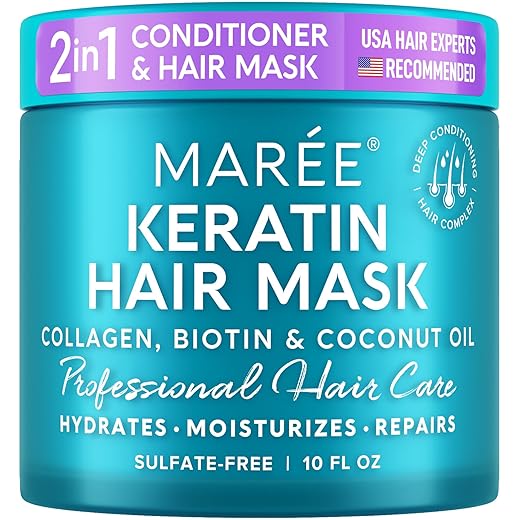
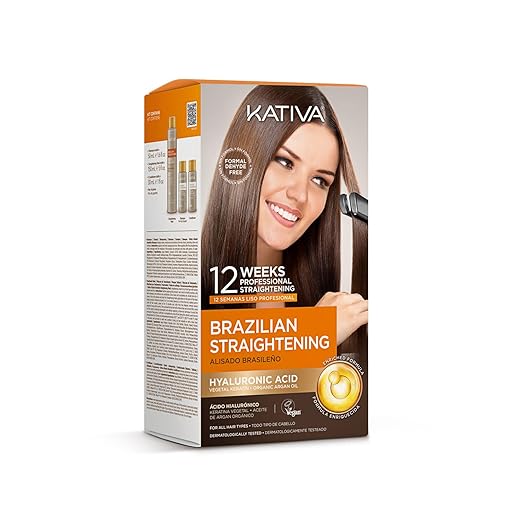
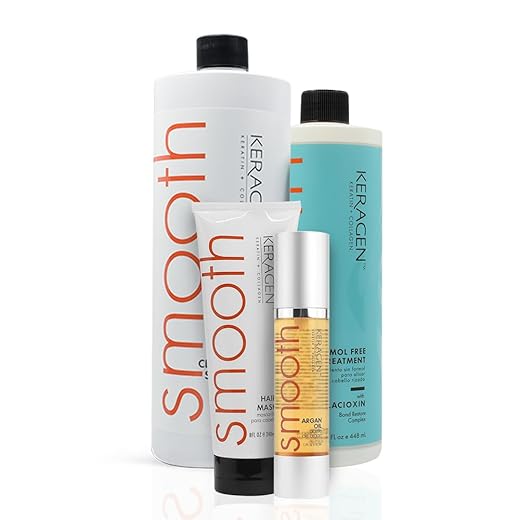

Keratin Treatment vs. Brazilian Blowout: Which One Lasts Longer?
What salon keratin and Brazilian treatments actually are
Salon keratin treatments — a quick definition
Salon keratin covers a spectrum of protein-enriched smoothing services. Technically, these are topical formulas containing hydrolyzed keratin (and often conditioning agents) that a stylist applies, then seals into the hair with heat. Results range from frizz reduction and added shine to noticeable straightening depending on formula strength and technique. Think of salon keratin as a customizable service: light smoothing for fine hair, deeper programs for coarse or curly hair.
Brazilian-style treatments — what people mean
“Brazilian” often refers to Brazilian Blowout–style services or other salon straighteners that use strong smoothing chemicals — historically including formaldehyde or formaldehyde-releasing ingredients — to permanently or semi-permanently change hair structure. These aim for longer straightening and very low humidity reactivity compared with some keratin options.
Typical salon procedure — step by step
Common variations and DIY follow-ups
Next we’ll dig into what’s in those bottles and how each ingredient actually changes hair structure.
How each treatment works: ingredients and mechanisms
Keratin treatments — proteins, conditioners and “filling”
Salon keratin formulas center on hydrolyzed keratin (small protein fragments) plus conditioning agents (silicones, polymers, fatty alcohols). The proteins and conditioners sit in cuticle gaps, bond superficially, and form a smooth coating that:
Think of keratin as a cosmetic “patch-and-seal” that improves texture and gloss without permanently reconfiguring internal bonds.
Brazilian-style straighteners — breaking and re-forming bonds (or heavy coatings)
Brazilian-style services span a range: from true chemical relaxers (lye or non-lye) that cleave disulfide bonds inside the cortex and then re-form them, to aldehyde-based salon systems (e.g., some Brazilian Blowout, GK or older formulations) that create stronger, longer-lasting surface cross-links or coatings. Mechanisms include:
Concentration, heat and visible effects
Active concentration and heat determine outcome. Higher aldehyde/relaxer strength + intense flat-ironing (often 350–450°F/177–232°C) gives more permanent change and flatter hair; lower-strength keratin + moderate heat yields glossy smoothing with more natural movement. Visually:
Product labeling and the “formaldehyde-free” note
Many products are marketed “formaldehyde-free” but may use aldehyde donors (glyoxylic acid, methylene glycol precursors) that release formaldehyde when heated. Ask for ingredient lists, Safety Data Sheets (SDS), and a salon air-quality protocol.
Quick practical tips
Results, longevity and realistic expectations
Typical results: straightness vs smoothing
Keratin smoothing (e.g., Keratin Complex, Cezanne) mainly reduces frizz, adds gloss and makes hair lie flatter — think sleeker movement, not a bone-straight rod. Aldehyde-based “Brazilian Blowout” systems and permanent relaxers produce progressively flatter shafts; relaxers give the most permanent straightness and the least curl memory.
How long effects last and when to touch up
Factors that influence longevity
Realistic before/after scenarios
Measure success for your goals
Ask yourself:
If your priority is lower daily styling time and glossy control, keratin often wins. If absolute straightness and permanence matter, a relaxer (with appropriate care) is the clearer choice — more on matching treatment to hair type next.
Which hair types and conditions respond best to each treatment
Identify your hair profile (quick checks)
Best matches — simple guidance
When to avoid or delay treatments
Alternatives and practical tips
Next up: what to expect in the chair — safety, side effects, and salon best practices to protect hair and health.
Safety, side effects and salon best practices
Acute health risks: inhalation and skin
Formaldehyde and some “formaldehyde‑free” releasers can irritate eyes, nose and lungs. Stylists report burning eyes, sore throats and headaches during high‑volume use — clients may feel immediate eye watering or a scratchy throat. Skin contact can cause redness or dermatitis. If you or the stylist start coughing, wheezing or experience blurred vision, stop the service and get fresh air; rinse exposed skin or eyes and seek medical attention if symptoms persist.
Signs of an adverse reaction
Watch for:
If these occur, halt processing immediately, rinse thoroughly, and consult a health professional.
Hair risks from improper application
Over‑heating, leaving formula on too long, or repeated overlapping treatments can cause:
A realistic salon test strand and conservative timing reduce damage.
Salon safety checklist — ask for these
Regulatory and labeling nuances
“Formaldehyde‑free” can be marketing shorthand. Some products release formaldehyde when heated (methylene glycol, DMDM hydantoin). Ask directly: “Does this product contain formaldehyde or formaldehyde‑releasing agents?” Request the Safety Data Sheet (SDS) and processing protocol so you make an informed choice rather than rely on labels.
Cost, maintenance and how to choose the right service
Typical price ranges and what drives cost
Salon keratin (keratin smoothing) commonly runs about $150–$400; Brazilian Blowout–style services are often $250–$600 at full service salons. Prices vary with:
Maintenance & recurring expenses
Ongoing costs often exceed the appointment price. Expect:
Simple at‑home routine: wash 2–3 times weekly with lukewarm water, use sulfate‑free products, apply a weekly protein or bond treatment if recommended, limit heat and always spray a heat protectant. Touch‑ups: plan on 2–4 months for keratin smoothing and about 8–12 weeks for a Brazilian‑style treatment; don’t overlap major chemical services sooner than 2–4 weeks without stylist approval.
Lifestyle impacts
Swimming in chlorinated or salt water, daily washing, and high humidity shorten results. A swim cap, immediate post‑swim rinse, and more frequent clarifying (monthly) help preserve the effect.
Decision‑making checklist
How to vet salons and stylists
Ask to see before/after photos for your hair type, client reviews, the exact product/brand and SDS, whether a test strand is done, what the quoted price includes (shampoo, blowout, touch‑up policy), ventilation practices, and rework guarantees. Use these answers to narrow to a stylist who matches your goals and tolerance level, then proceed to the Conclusion to finalize your choice.
Making the right choice for sleeker hair
Keratin treatments mainly condition and smooth, with variable straightening; Brazilian-style straighteners give more permanent straightness but often use stronger chemicals and demand stricter upkeep. Trade-offs include result predictability versus chemical risk and maintenance.
Assess hair type, goals and sensitivity, prioritize salons that explain ingredients and perform patch tests, and balance desired look with long-term hair health. For best results, consult a trusted stylist for a personalized recommendation and a patch test before booking to confirm safety and realistic expectations now.

Hello! I’m Ava Wilson, a passionate advocate for healthy, beautiful hair. With years of experience in the hairstyling industry and a deep-rooted love for all things hair, I’ve made it my mission to share valuable insights and expert tips on nurturing and styling locks.


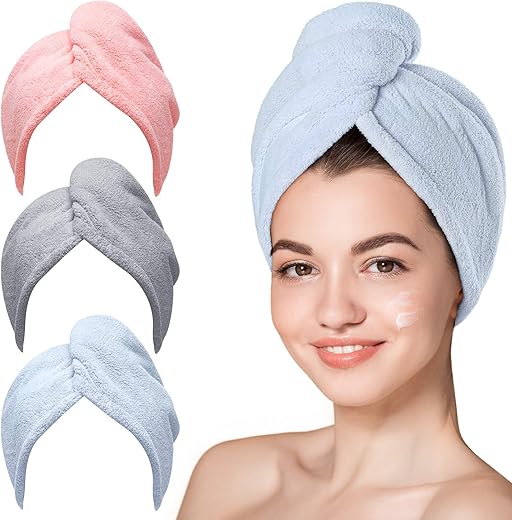
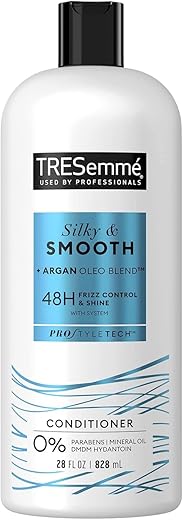
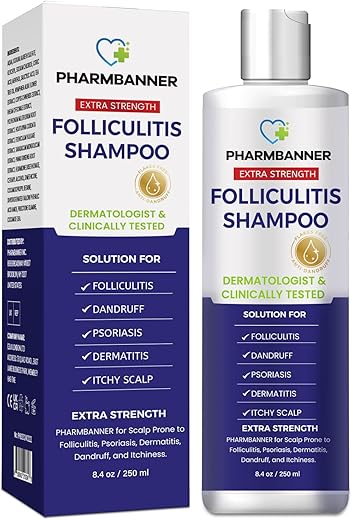

Skeptical about ‘formaldehyde-free’ claims. Companies often swap in other aldehydes or formaldehyde releasers that can still irritate. The Keragen kit says formaldehyde-free, but did anyone check the ingredient list closely? I worry that ‘free from’ marketing sometimes hides things.
Also, the price section in the article was solid — helps set real expectations instead of the salon hype.
Yup — I always ask my stylist for the product datasheet. If they can’t provide one, I walk away. Safety first.
Some brands explicitly list ‘no formaldehyde, no formaldehyde-releasers’ which is better. Still, patch tests are useful.
Good skepticism, Oliver. It’s wise to read ingredient lists and ask salons for lab sheets or MSDS. ‘Formaldehyde-free’ can mean different things depending on which preservatives or aldehydes are used as substitutes.
I had a mild reaction once to a salon product and now I bring a list of ingredients I’m allergic to. Better safe than sorry.
I’ve been battling frizz for years. Tried CHI 44 as a pre-styling spray and it helped a lot with heat styling, plus the MAREE mask reduced breakage. However, my stylist warned me against layering too many smoothing treatments because of cumulative damage.
Anyone have tips for spacing salon keratin treatments vs deep conditioning? I feel guilty if I skip treatments but also don’t want protein overload.
Great question. Most pros recommend waiting at least 3–6 months between keratin/smoothing treatments and using conditioning masks (like MAREE) moderately — maybe once a week — to maintain moisture without over-proteinizing. Your stylist can advise based on hair porosity.
I space salon treatments ~4 months and do the MAREE mask weekly; it keeps my ends healthy without stiffness. Also clarify product ingredients with your stylist to avoid overlap.
Short and sweet: great primer for anyone confused by the buzzwords. I used the Kativa Brazilian Straightening Home Kit once and liked the smoother look, but honestly I’ll still go to a salon for a full smoothing treatment when I need the real deal.
Also, the CHI 44 is a must-have in my routine now.
Thanks Rachel — glad you found the article useful and that CHI 44 worked for you. Balance is the key for many people.
Loved the section on realistic expectations — why do so many places promise miracle-straight hair for everyone?? My hair is thick and wavy, and after a Brazilian my frizz was down but I still had body, which was actually fine for me.
Also, cost breakdowns were useful. I ended up doing a mid-priced salon keratin, then maintaining with MAREE mask once a week and CHI spray when styling. Saved money in the long run vs doing frequent touch-up keratins.
For anyone with similar hair: if you want bone-straight, be honest with your stylist; if you want sleeker but still natural, a gentler keratin or a Keragen-type home top-up might be better.
PS: Kativa kit got mixed reviews in my friend group — one person loved it, another burned her ends with too-high heat. So test a small strand first!
Great nuance, Isabella. I appreciate the reminder that ‘success’ depends on hair goals — more relaxed, less frizz, or completely straight.
Thanks for the mention of the MAREE mask. Do you find it makes your hair heavier after a few uses?
Totally — strand tests are underrated. Heat settings are crucial with home kits; cheap irons give uneven results.
Summary: salon > home if you want consistency. End of story. 😎
Kidding — but seriously, salons have the experience and sometimes access to professional formulas. If you’re not patient or steady-handed, home kits can turn into a hair horror scene.
Agree with both sides — pick based on your priorities (cost vs. consistency).
I had a stylist mess up my salon treatment once too — so not always foolproof. 😅
Also depends on budget. Not everyone can afford multiple salon visits, so home kits are a real alternative.
True—no guarantees. But odds still favor pros.
You get the point across with style, Mark. Technique and experience do matter a lot.
Also: ask the salon what they use and check reviews. Some salons use formaldehyde-heavy products, so be informed.
Great breakdown — I actually tried both a salon keratin smoothing treatment and the Kativa Brazilian Straightening Home Kit last year. Salon gave me sleeker hair for longer (about 4 months) but it was pricier and I had to be careful with styling tools. The home kit was decent for touch-ups but not as uniform.
Two things I noticed: the CHI 44 Iron Guard made a huge difference when blow-drying after the treatment (less burning smell and smoother finish), and I used the MAREE Deep Keratin Conditioning Mask once a week to keep ends from looking fried. Not perfect, but worth sharing.
Anyone else finds home kits hit-or-miss depending on how patient you are? I messed up the timing once and ended up with a bit of frizz on one side lol.
It was a mid-range salon brand, not the high-end Brazilian blowout brand. I think the stylist’s technique mattered more than the exact product name.
Which salon brand did you use for the professional keratin? Some salons use stronger formulas than others, that can change longevity a lot.
Thanks for sharing your hands-on comparison, Liam — super helpful. Good point about the heat protectant; CHI 44 is often underrated when people focus only on the smoothing product.
Totally agree about CHI 44 — saved my hair after a DIY straightening disaster 😅. Timing and technique on home kits are EVERYTHING.